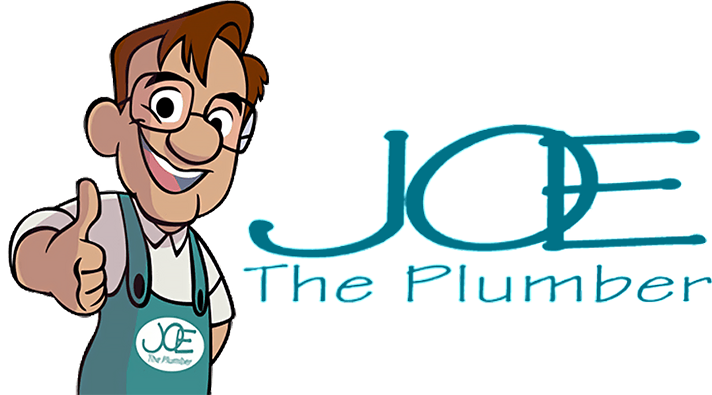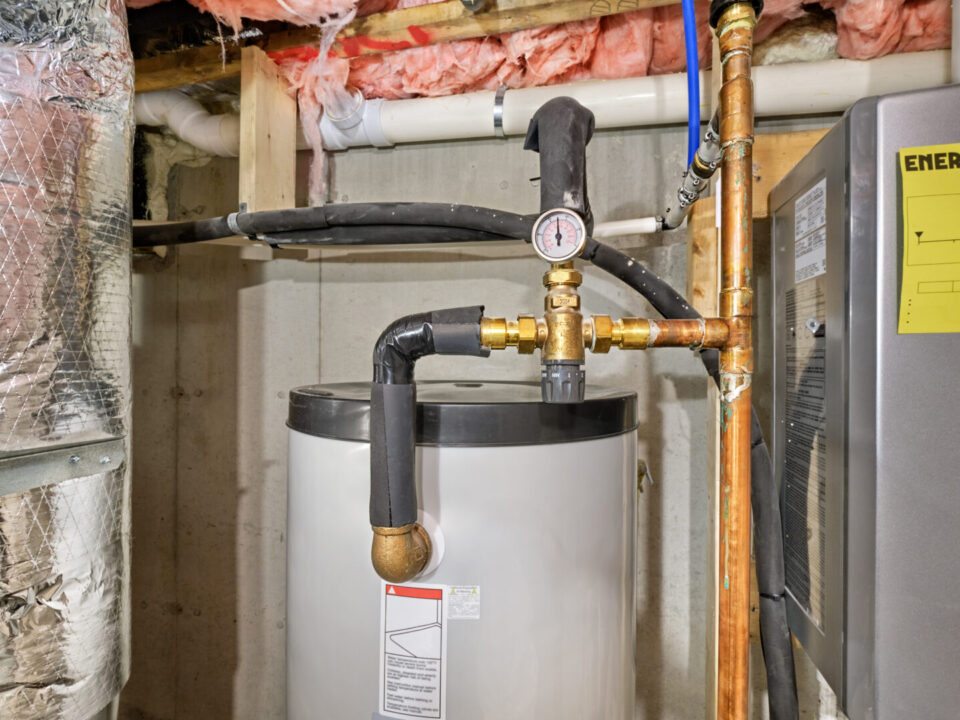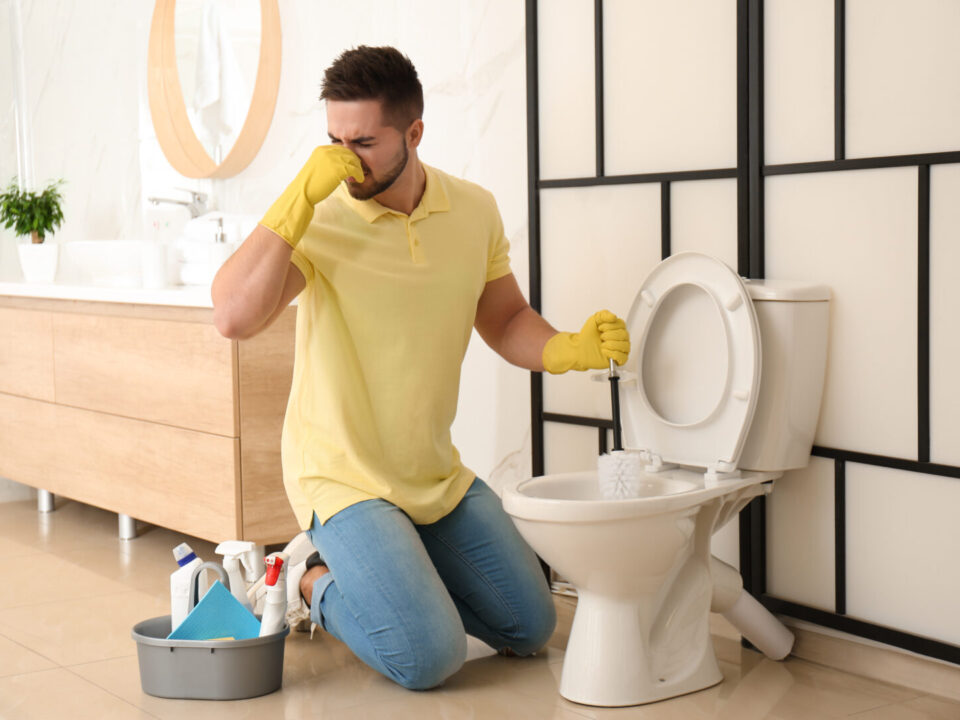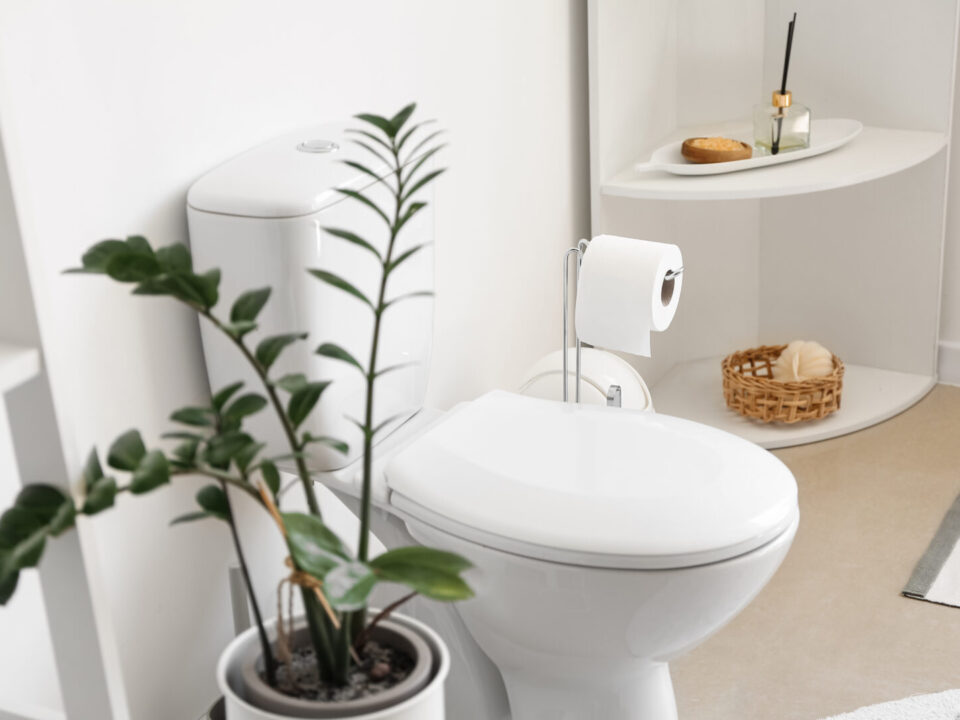Hopefully, this never happens to you: you go to the bathroom and lean over to flush the toilet, but it just won’t flush. Or, even worse, the water starts to rise …
An overflowing toilet is never pleasant, and unfortunately, it’s all too common. Read below to learn how to identify the source of the problem and stop the overflow as quickly as possible. And don’t forget that the team at Joe the Plumber is around 24/7 for all your plumbing emergencies!
Common Causes of Toilet Overflows
First of all, you should understand why a toilet can overflow. The following are just a few of the possible things that can cause either your toilet bowl or your toilet tank (or both) to overflow.
Blockages
One of the most common causes of any toilet overflow is a clogged or blocked drain. This is why it’s so important to throw anything that isn’t toilet tissue – including feminine hygiene products and paper products – in the garbage, rather than attempting to flush foreign objects down the toilet. Be sure to have a plunger handy for emergencies like this. A little effort and an effective plunger should remove the clog in no time!
Tank Issues
If you look in your toilet tank, the white tube that is floating in the water is called the “overflow tube,” and it does just what the name implies: it prevents your tank from overflowing. If the fill valve is malfunctioning, the toilet may continue running. This can happen if the fill valve has become worn down and will result in continuous water running into the toilet. If both the overflow tube and the fill valve are broken, the result will be an overflowing toilet.
How to Stop Your Toilet from Overflowing
You may be able to resolve the toilet issue on your own with a simple DIY solution. Keep reading to learn how to tackle your overflowing toilet! An adjustment or two could solve the problem and help you save money before you call in a plumber.
Unclog the Toilet
As mentioned above, most basic clogged toilets can be resolved with the use of the plunger. This should be the first thing you try after you turn off the water lever behind the tank.
Align the Overflow Tube
The overflow tube may come out of alignment. Check to see if it’s at the correct height. If it isn’t, you can cut it to make sure it’s in the correct place. However, this can be tricky work, and if you don’t have confidence that you can do it yourself, turn to an experienced plumber.
Check & Adjust the Fill Valve
Turn off the water by moving the lever behind the toilet bowl, then flush the toilet to empty the tank. After that, you can check to see if the seal has any breaks in it and if it needs to be replaced.
Replace the Rubber Flapper
The rubber flapper is located in your toilet tank, and it may have become worn down over the years. If water continues to flow into your toilet bowl, then you may need to replace the rubber flapper.
Don’t Worry – Call in the Experts!
When your toilet starts overflowing, don’t worry! If your plunger isn’t working or you’re not sure what the issue is, call Joe the Plumber to help. Since 1999, Jose Villarreal and his team have provided the high-quality plumbing services needed by residential and commercial clients throughout Houston, TX; Cypress, TX; Spring, TX; Tomball, TX; Katy, TX; and Magnolia, TX. Give us a call whenever you need us! We provide 24/7 emergency services.








